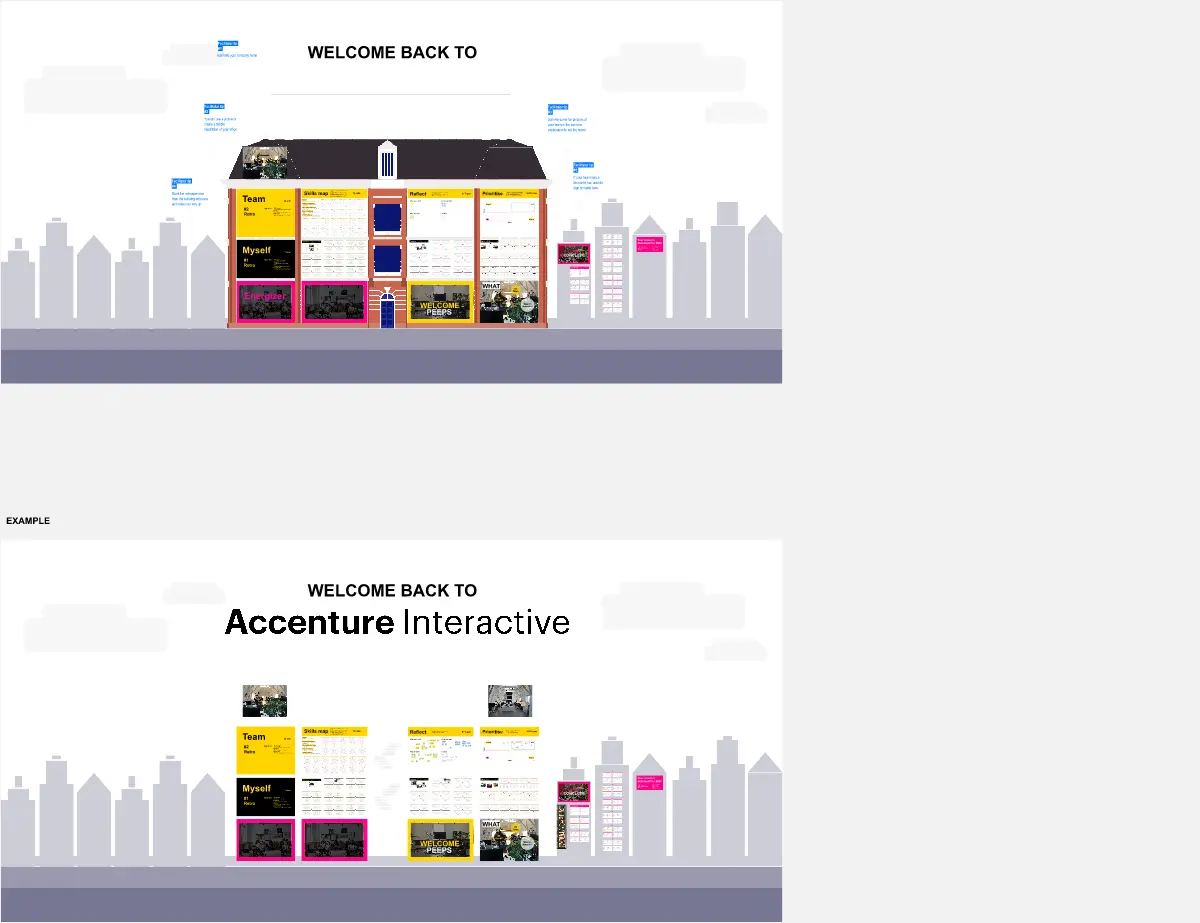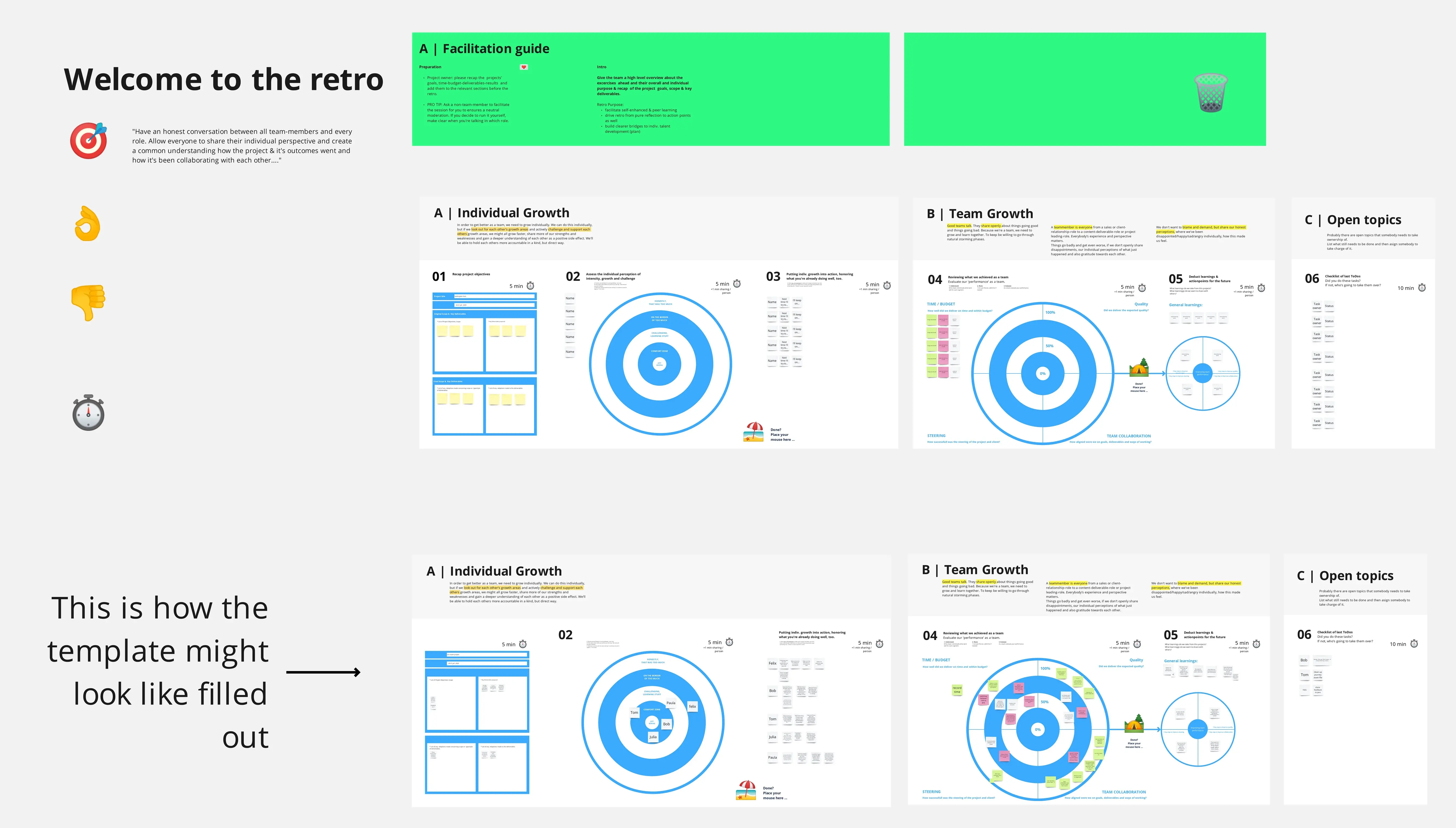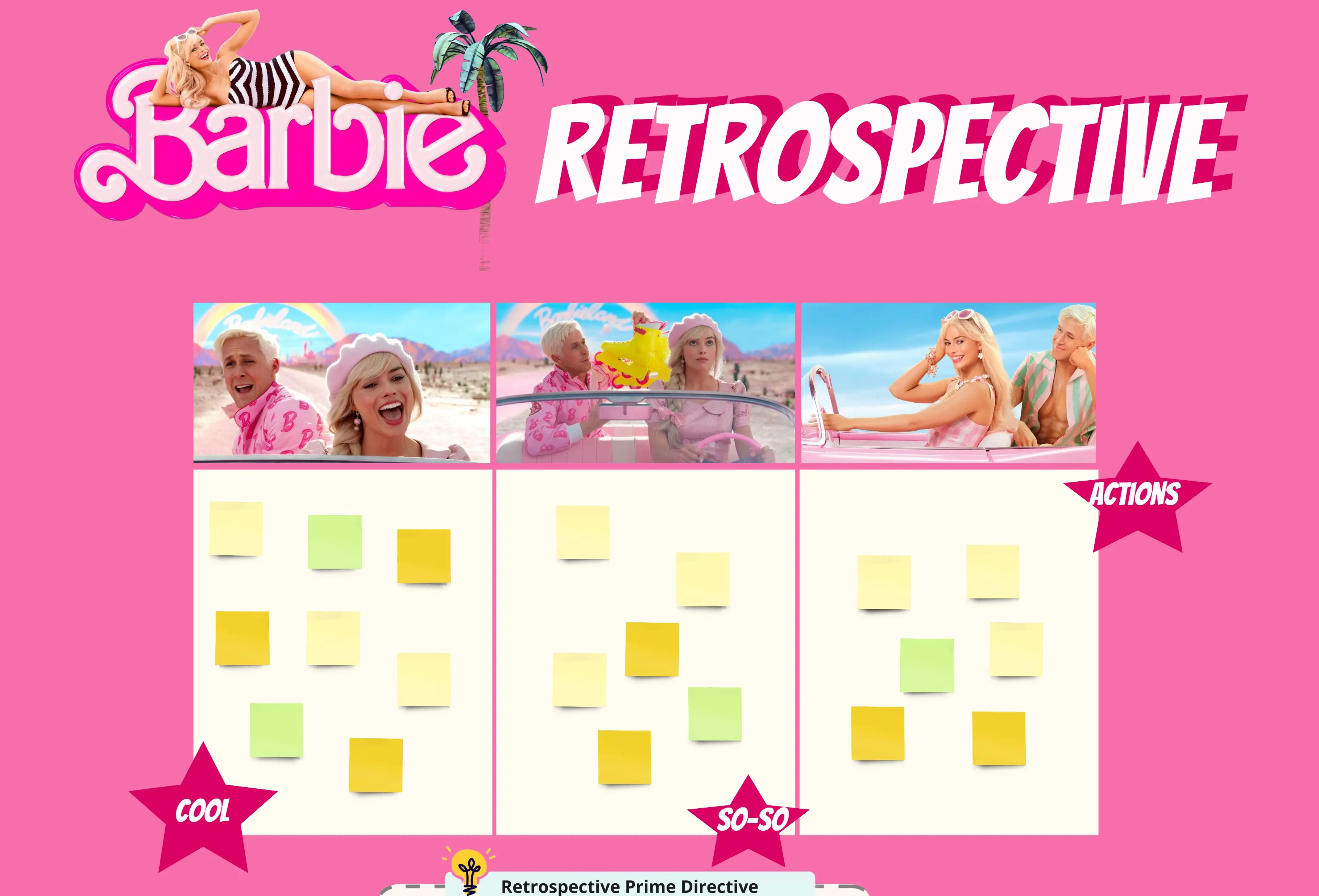How to use this Event Storming Template
This template describes a powerful workshop method called Event Storming. The method can by used in a physical or remote setting and brings domain experts and engineers together in a collaborative, engaging and powerful way. The template includes examples and reusable elements so you can start exploring Event Storming quickly.
There are 3 levels of Event Storming:
1 Big Picture Event Storming:
This is the broadest level, aimed at gaining a holistic understanding of the entire business domain. Participants from various backgrounds (development, business, UX, etc.) are involved. The main purpose here is to map out all domain events (significant changes in the state of the system) across the entire business process. It helps in identifying key events, inconsistencies, information gaps, and bottlenecks in the business process. This level is crucial for aligning everyone's understanding of the business domain and identifying areas that need further exploration.
2 Process Level Event Storming:
This level focuses more narrowly on specific processes or sub-domains identified during the Big Picture Event Storming. The purpose here is to delve deeper into the selected processes to understand the sequence of events, commands, and policies that guide them. It is particularly useful for mapping out workflows, understanding the role of different entities in a process, and identifying potential improvements or changes. This level often helps in aligning technical and business perspectives on how specific parts of the system should operate.
3 Design Level Event Storming:
This is the most detailed level, often used by technical teams to design or refactor software systems. The main purpose at this level is to create a detailed model of the system, including aggregates, entities, value objects and bounded contexts. It helps in identifying the technical components needed to implement the processes identified in the previous levels. Design Level Event Storming is essential for translating business requirements into technical specifications, thereby aiding in software development, UX design, and quality assurance.
In summary:
Use Big Picture Event Storming if you want to explore an entire business domain to identify the biggest problems to solve. Use Process Modeling if you want to deep dive into a single business process. Use Software Design if you have already mapped out a business process and want to design the software for the process.

Nikolaus Varzakakos
COO and Co-founder @ Qlerify AB
I am an experienced leader, entrepreneur and consultant with over 20 years of experience in IT management and agile transformation. I am passionate about helping organisations succeed in their digital transformation projects.
Categories
Similar templates
End of the Year Team Retro

End of the Year Team Retro
The End of the Year Team Retro template offers a structured approach for teams to reflect on their achievements and challenges throughout the year. It provides elements for celebrating successes, acknowledging setbacks, and setting goals for the upcoming year. This template enables teams to foster a sense of closure and renewal, promoting a positive outlook and alignment towards common objectives. By facilitating reflection and goal-setting, the End of the Year Team Retro empowers teams to strengthen their cohesion, enhance performance, and approach the new year with enthusiasm and focus effectively.
Retrospective

Retrospective
The Retrospective template offers a versatile and adaptable framework for teams to reflect on their performance and processes. It provides elements for sharing feedback, identifying lessons learned, and brainstorming improvements. This template enables teams to foster open communication, identify opportunities for growth, and enhance collaboration. By promoting reflection and transparency, the Retrospective empowers teams to continuously learn and evolve, driving greater efficiency and effectiveness in their work.
💅 Barbie Retrospective
End of the Year Team Retro

End of the Year Team Retro
The End of the Year Team Retro template offers a structured approach for teams to reflect on their achievements and challenges throughout the year. It provides elements for celebrating successes, acknowledging setbacks, and setting goals for the upcoming year. This template enables teams to foster a sense of closure and renewal, promoting a positive outlook and alignment towards common objectives. By facilitating reflection and goal-setting, the End of the Year Team Retro empowers teams to strengthen their cohesion, enhance performance, and approach the new year with enthusiasm and focus effectively.
Retrospective

Retrospective
The Retrospective template offers a versatile and adaptable framework for teams to reflect on their performance and processes. It provides elements for sharing feedback, identifying lessons learned, and brainstorming improvements. This template enables teams to foster open communication, identify opportunities for growth, and enhance collaboration. By promoting reflection and transparency, the Retrospective empowers teams to continuously learn and evolve, driving greater efficiency and effectiveness in their work.
